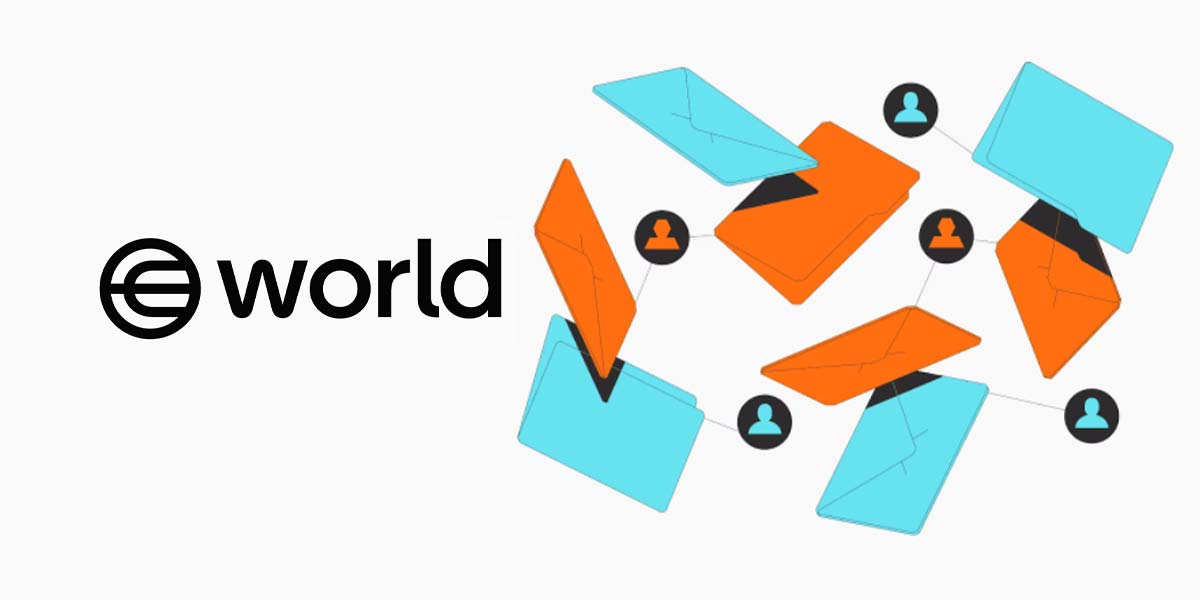Today, with just a few taps, AI technology allows us to create incredible, personalized content from our own photos and voices. From fun videos to imaginative images, the world of possibilities AI unlocks is exciting and vibrant.
But what happens when we’re no longer the creators, but the victims? Imagine your face and voice being used by a stranger to create a new identity that one used to deceive others, cause financial harm, or even implicate you in actions you never took. This isn’t a distant future; it’s the alarming reality of “deepfake” technology, a double-edged sword that grows sharper by the day.
Recent reports suggest that by 2026, AI could generate over 90% of all content on the internet. For example, reports from Thai Police Online revealed that since 2022-2025, there have been more than 1 million cybercrime cases in Thailand, excluding those who never filed police reports, indicating the severe impact of cybercriminal activity in the country. What was once a high-tech novelty in entertainment has become a tool for deception, creating challenges in Thailand and globally.
This raises a critical question: In an era of relentless AI advancement, how do we distinguish between humans and bots that are becoming more human-like every day? Even video evidence, once a trusted source, is now being questioned as “real or fake,” leaving us unable to defend or prove our own authenticity.
When Traditional Defenses Are No Longer Enough
In the past, identity verification was a simple question: “Do you have the right password?” or “Can you receive this SMS?” But these methods operate on the assumption that the user is already human. It’s like locking your front door but never checking whether it’s a person or a sophisticated bot walking through it.
The time has come to shift our perspective and build a new foundation for digital trust: Proof of Humanity. This isn’t a final layer of defense; it’s the fundamental, first-line shield for the digital world, built on 4 key principles:
- Privacy-First Verification – Prove you’re a unique human without revealing personal data. Cryptographic proofs establish humanity without surveillance.
- Universal Interoperability – One verification across all services, eliminating repeated checks while preventing cross-service tracking.
- Fraud-Resistant Design – Unlike passwords that can be stolen, proof of human creates unforgeable verification that can’t be transferred or synthesized.
- Global Accessibility – Must work for everyone, everywhere, regardless of device or technical expertise.
This leads to the creation of a Real Human Network online and proof-of-human technology like World ID brings these principles to life. By anonymously verifying unique humanness once, individuals can interact across services knowing whether other participants are genuinely human.
When we enter a digital space, we can be confident that we are interacting with other genuine human beings. As the capabilities of AI accelerate, the window to establish robust systems for human verification is closing. Adopting this technology now is essential to building lasting, genuine trust.
Because in the age of AI where technology can perfectly imitate humans, proving our humanness is the most critical foundation for every meaningful interaction online.




